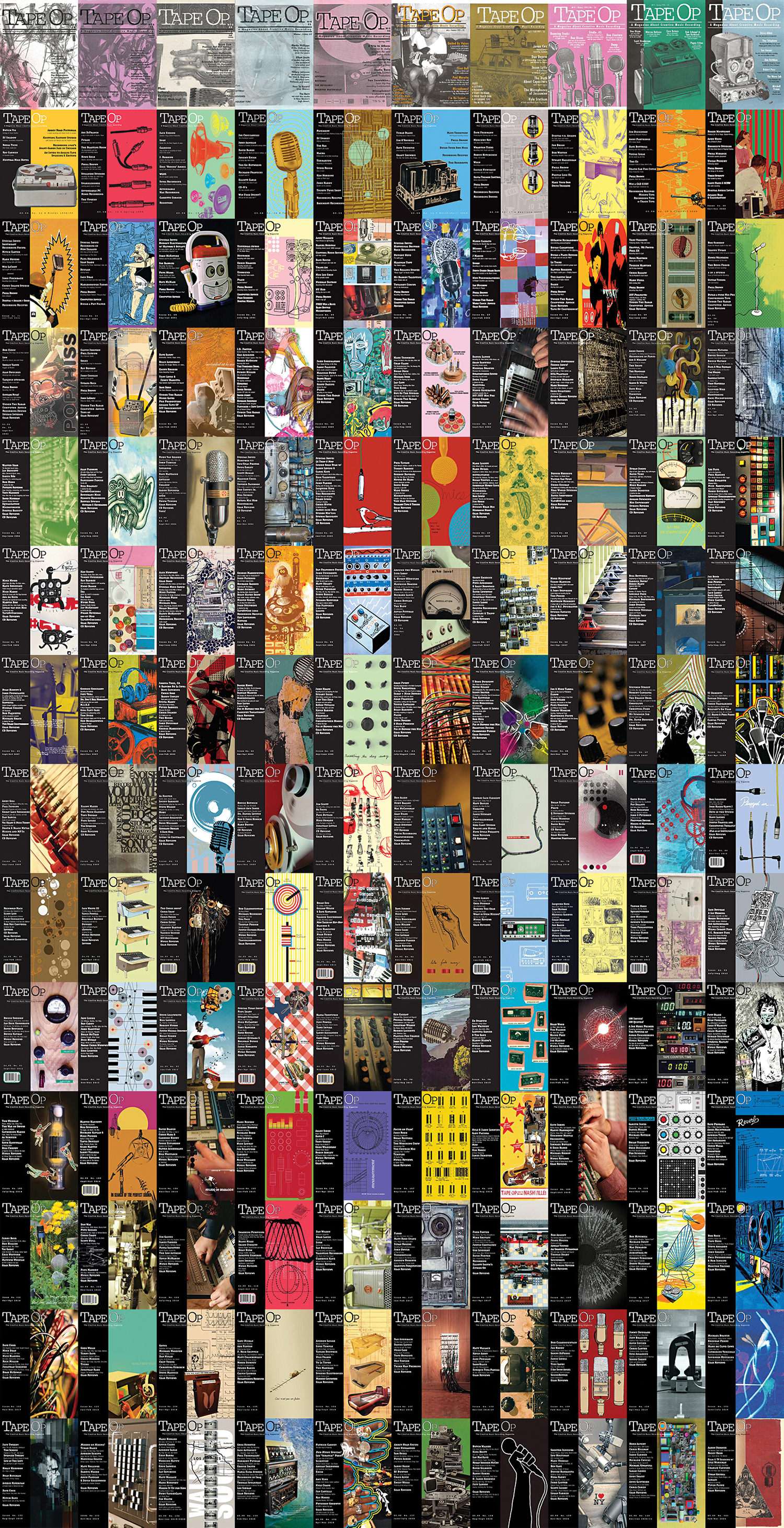Years ago, while wandering around NAMM or AES looking for new plug-ins that could do something cool and unique, I could always count on seeing the people from Synchro Arts showing off their unique plug-in VocAlign, which could take one vocal’s timing and impart it to another. At first, it was demoed doing dialog replacement; perfectly replacing messy on-location sound with nice clean studio-recorded voices. Soon, using it on music was added to the demo – there was a weak rap vocal with a big burly doubled voice added convincingly underneath. I bought it and used it to pocket many a stacked set of backing vocals on countless pop songs. VocAlign saved me thousands of hours worth of tedium, and that’s not an exaggeration.
One of the only positives about the coronavirus lockdown has been having time to learn some new skills – or in my case, take a fresh look at an old friend. A few years ago Synchro Arts made a spinoff of VocAlign, christened it Revoice Pro, and added the ability to tune vocals; enabling one track to impose its timing and tuning on other tracks. It’s the holy grail for backing vocals; although that description is far too limited since you can use it on lead vocals and instruments as well.
Let’s repeat those abilities again because it’s too easy to gloss over the power you have at your disposal here. You can cleanly, and without artifacts, tune and time a vocal, then share that tuning and timing (plus the performance’s energy) with other vocal tracks – automatically, and in a few seconds. Literally. Tweak 64 tracks of backing vocals? Sure, piece of cake! Can I make a lead vocal double? Yep, give me thirty seconds!
The central concept of Revoice Pro 4.2 is called Audio Performance Transfer (APT). The way you manipulate audio is with the Process window, applying processes to selected audio, and then having the results appear as new audio tracks. There are numerous Process presets with varying degrees of tuned-ness and tightness. There are presets aimed for post production folks called Dialog, and others more oriented toward musical applications are intuitively called Music. You can, of course, create your own presets as well.
Revoice Pro 4.2 is a standalone application, though if you want to, you can interact with it more as if it were a plug-in. After a long period of resisting leaving my DAW to do a specific task, I have come to appreciate this type of round-trip external work; it gives your computer processing advantages, as well as a much easier visual experience. The way you choose to interact with Revoice Pro 4.2 can make it feel like a plug-in anyway.
From within Pro Tools (my DAW of choice), three AudioSuite plug-ins route audio in and out of Revoice Pro 4.2: Quick APT, Quick Doubler, and Link. Other DAWs have analogous plugs.
Quick APT allows you to not have to mess with Revoice Pro’s Process settings at all, as long as you have them already set up to do whatever work you intend (for example “slightly loose time and pitch” – my user-default preset). You select a guide vocal region with the timing and tuning already tweaked, hit Capture Guide, then select the audio on an adjacent track that you intend to change, hit Capture Dub, then click Spot. Boom, done. You don’t even perceive that you left Pro Tools at all.
Quick Doubler operates even more simply, creating a fake vocal double from the guide vocal, and imports it to a new track.
The third plug-in, Link, is used to do anything more substantial, and for multiple tracks. With Link, your selected regions are moved into Revoice Pro 4.2 and laid out in its primary window, ready to be worked on. When you’re done, you go back to Pro Tools, hit Spot, and in goes the fixed regions.
Everything I have detailed so far is about backing vocals and doubles, but Revoice Pro 4.2 is quite capable for lead vocals as well. Load in the vocal and then create a Warp reading of the whole track. This measures pitch, timing, volume, vibratos, and displays non-musical elements, such as breaths, as well. The visual result will be familiar to users of Celemony Melodyne [Tape Op #84] and operates similarly. Sound quality-wise, I detect no synthetic tinge after tweaking, and no robotic kazoo sound or loss of any frequencies.
You can select a large region and automatically tune it into the song’s key (which Revoice Pro 4.2 can calculate), but personally, I prefer to tune it manually; this preserves the character of the singer’s performance better. Happily, you can do it either way. Timing can be handled similarly. Turning down loud breaths or taming esses is a breeze. A unique feature is Vibrato Warp, which lets you time stretch a note that has a lot of vibrato, but without wrecking the vibrato’s speed.
Revoice Pro 4.1 and beyond are Audio Random Access 2 (ARA2) capable: A plug-in extension that gives the ability to tightly integrate with compliant DAWs (unfortunately, not including Pro Tools at this point). This shares between the DAW and Revoice Pro 4.2 the audio, track names, locations, tempo, while simplifying routing in and out so new changes can be made later if need be, and it will update automatically with the host (even arrangement changes!).
Revoice Pro 4.2 is pretty deep, but Synchro Arts has a hugely useful video tutorial library available online, plus the manual is well written and organized.




_disp_horizontal_bw.jpg)